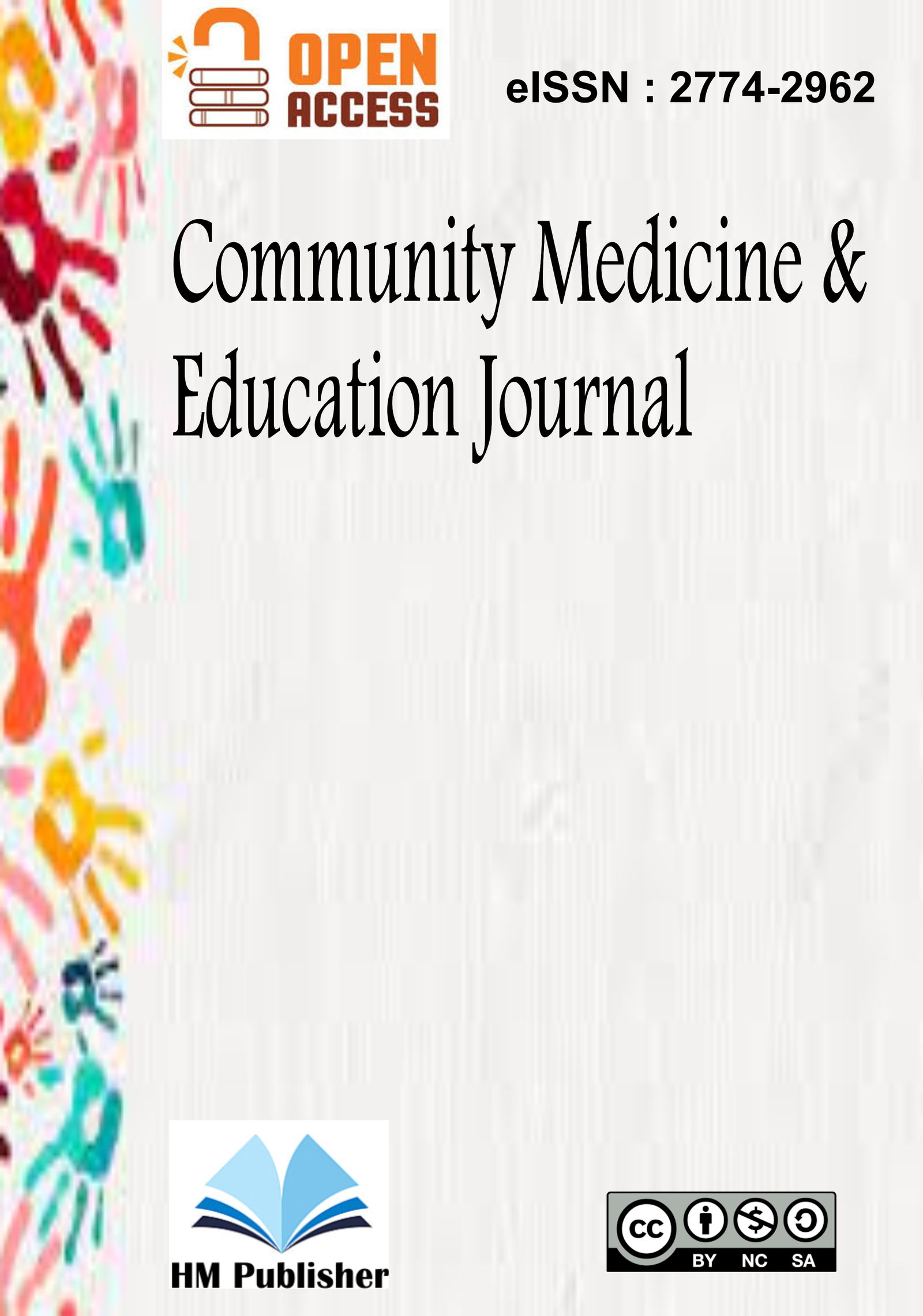Main Article Content
Abstract
The problem of stunting is one of the nutritional problems faced in the world, especially in poor and developing countries. Worldwide, it is estimated that there are 178 million children under the age of five, or one in four children under five, experience stunted growth. Children who were stunted before the age of 2 had worse emotional and behavioral outcomes in late adolescence. Therefore, stunting results in poor quality of human resources, which will further affect the development of the nation's potential. This study aimed to identify a comparison of antenatal care and pregnancy risk for stunting in toddlers in Linge District, Central Aceh Regency. This study is a quantitative research using comparative studies. Comparative research is research that compares two or more symptoms. In this study, researchers compared antenatal care and pregnancy risk factors for stunting in toddlers in Linge District, Central Aceh Regency. The research subjects amounted to 60 respondents. This study shows that there are significant differences in ANC between mothers with stunted children and mothers with children who are not stunted in terms of the frequency of ANC visits and the availability of ANC services. Mothers with non-stunted children make more frequent ANC visits and receive more complete ANC services than mothers with stunted children. From the results of this study, it was also found that there was a significant difference between the education of mothers with stunted children and mothers with non-stunted children. There is a significant difference between the parity of mothers with stunted and non-stunted children. Mothers with stunted children have a higher parity than mothers with stunted children.
Keywords
Article Details
As our aim is to disseminate original research article, hence the publishing right is a necessary one. The publishing right is needed in order to reach the agreement between the author and publisher. As the journal is fully open access, the authors will sign an exclusive license agreement.
The authors have the right to:
- Share their article in the same ways permitted to third parties under the relevant user license.
- Retain copyright, patent, trademark and other intellectual property rights including research data.
- Proper attribution and credit for the published work.
For the open access article, the publisher is granted to the following right.
- The non-exclusive right to publish the article and grant right to others.
- For the published article, the publisher applied for the Creative Commons Attribution-NonCommercial-ShareAlike 4.0 International License.





